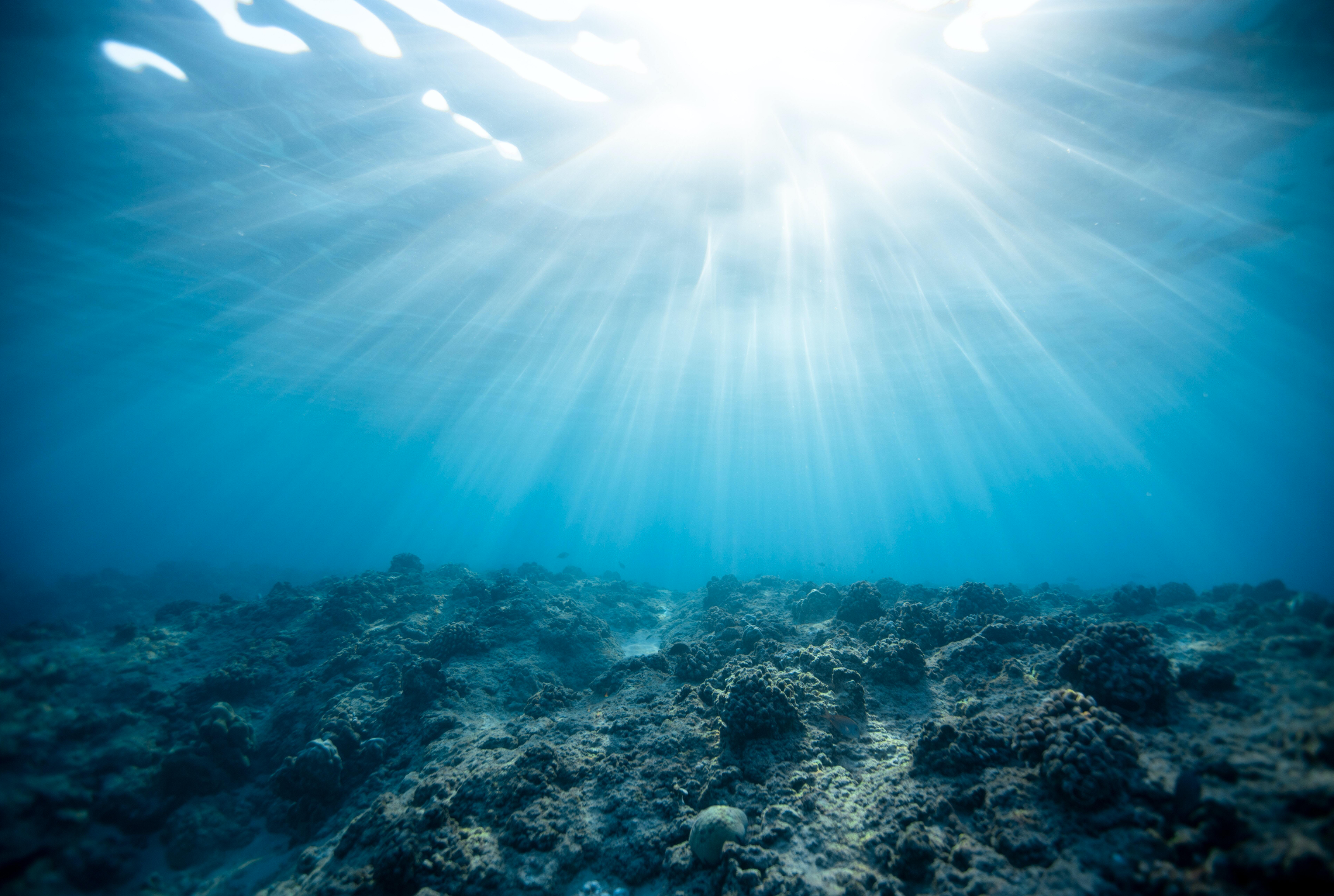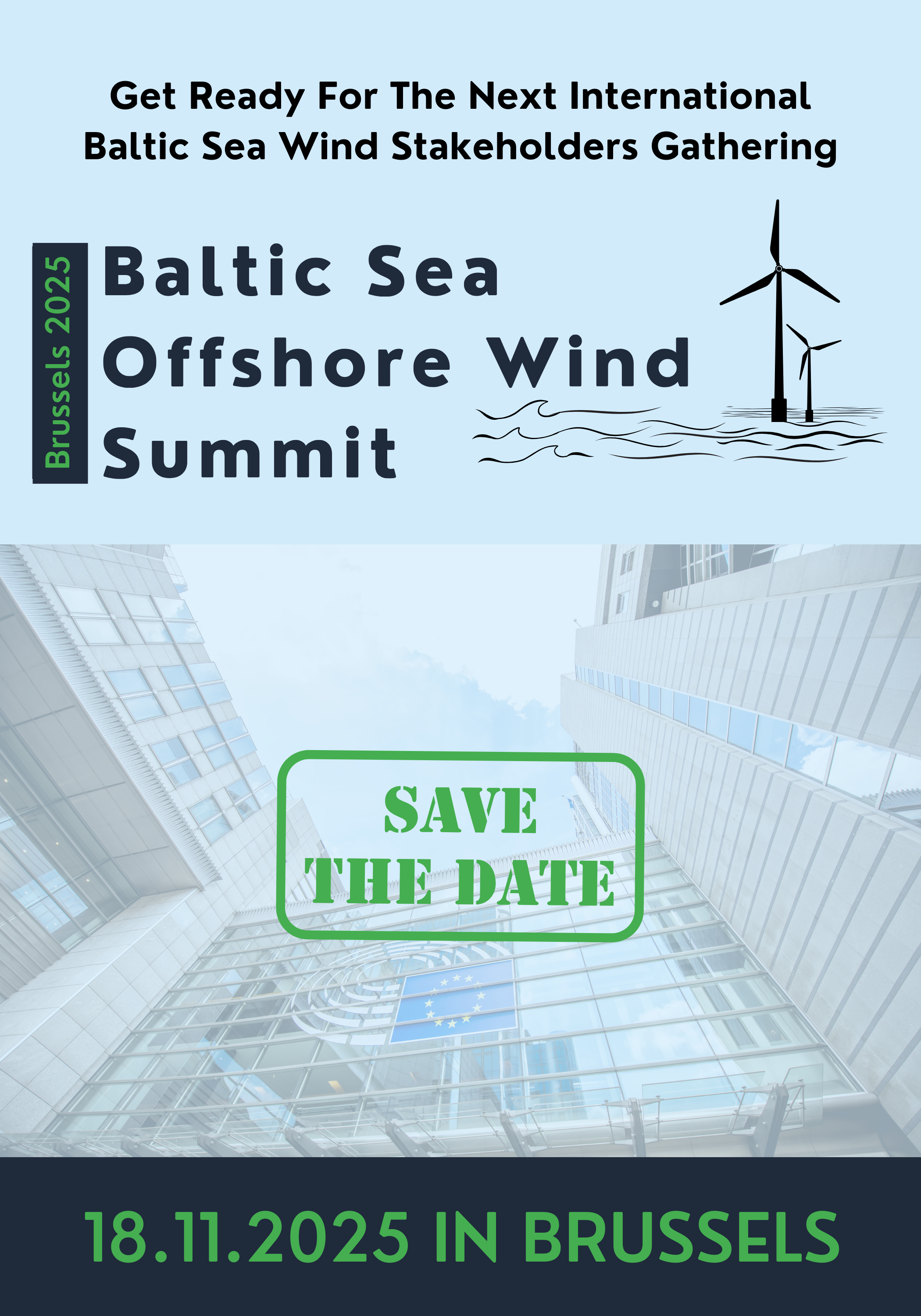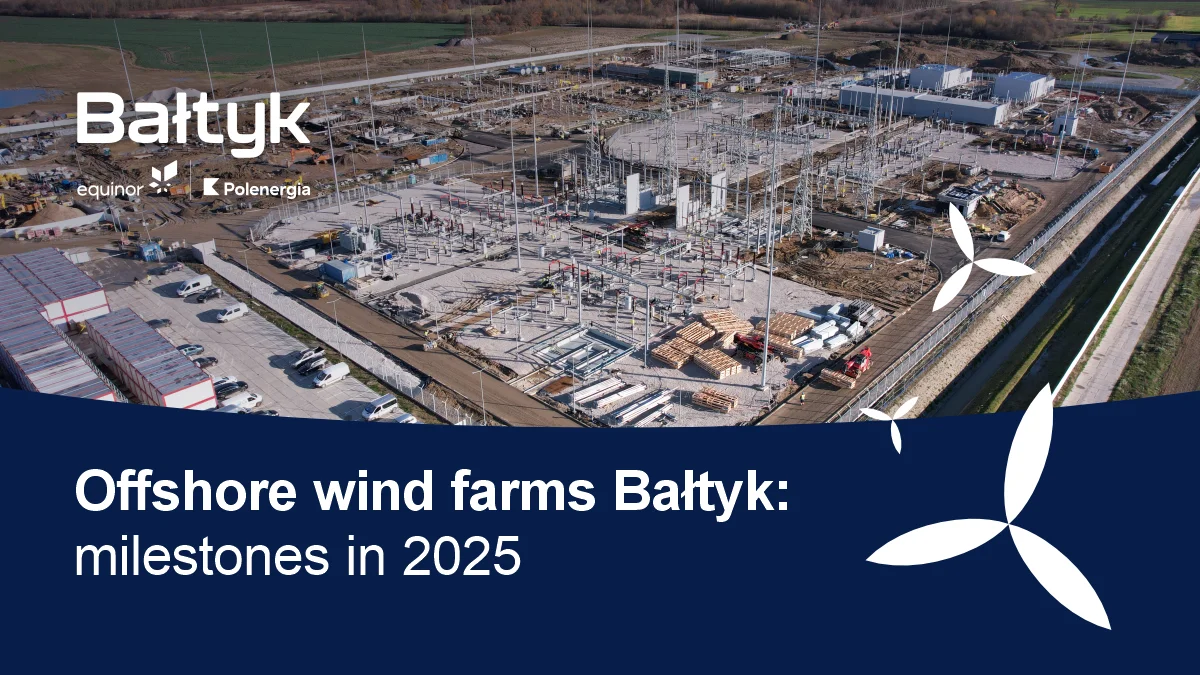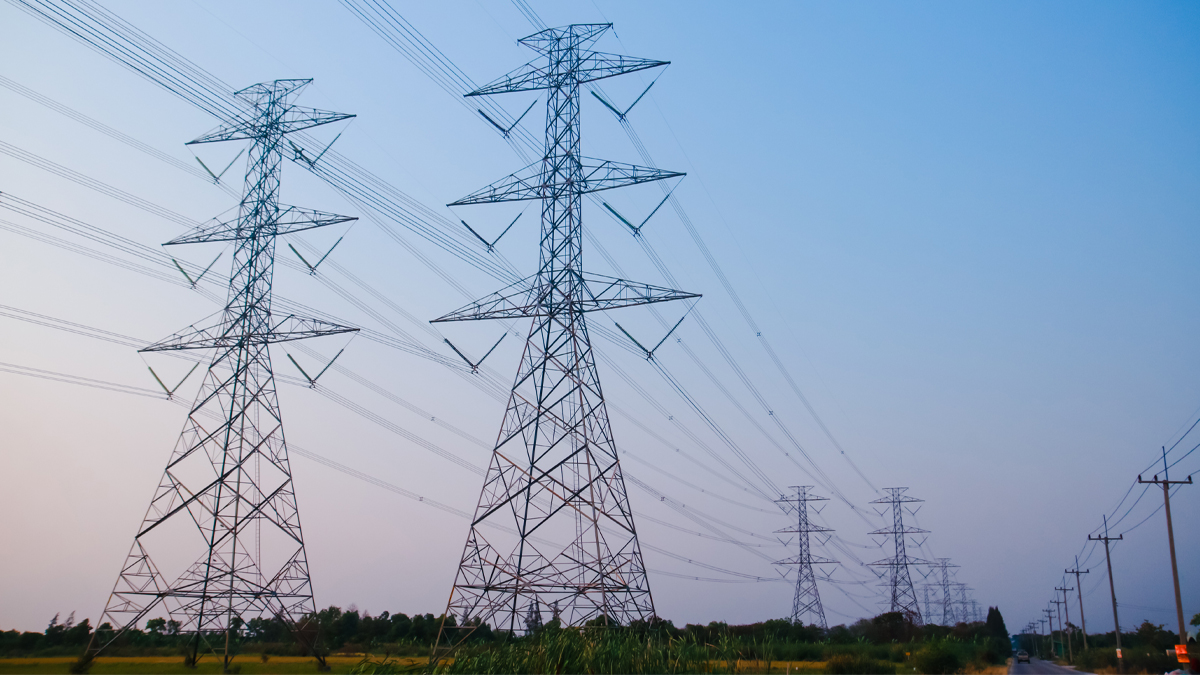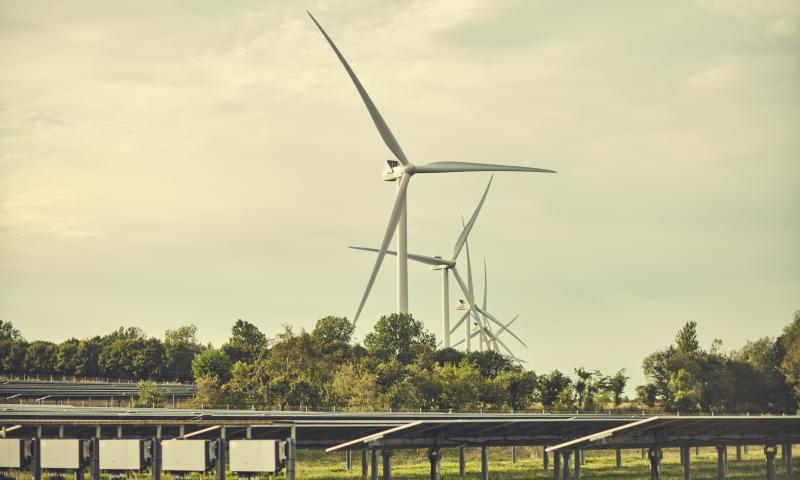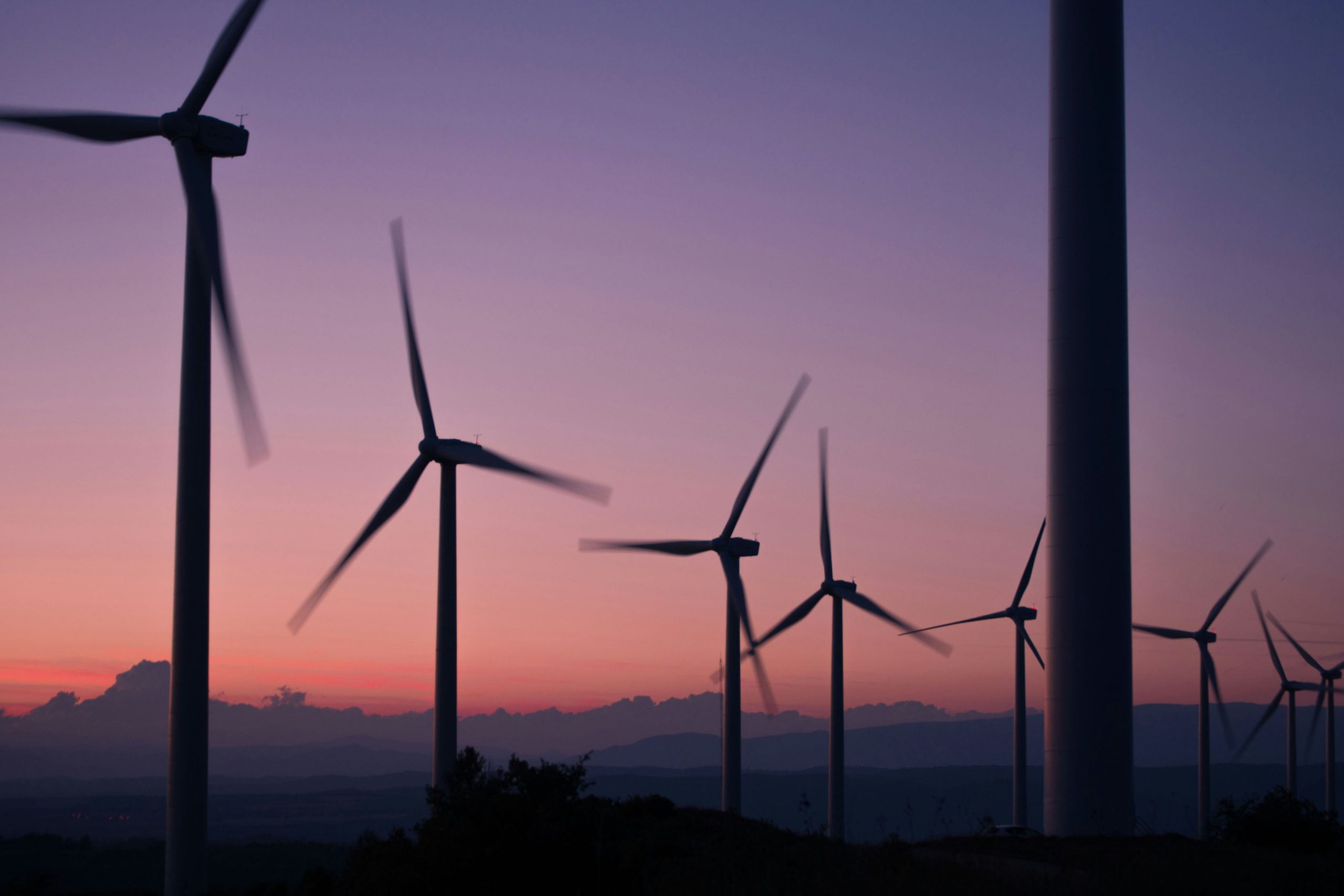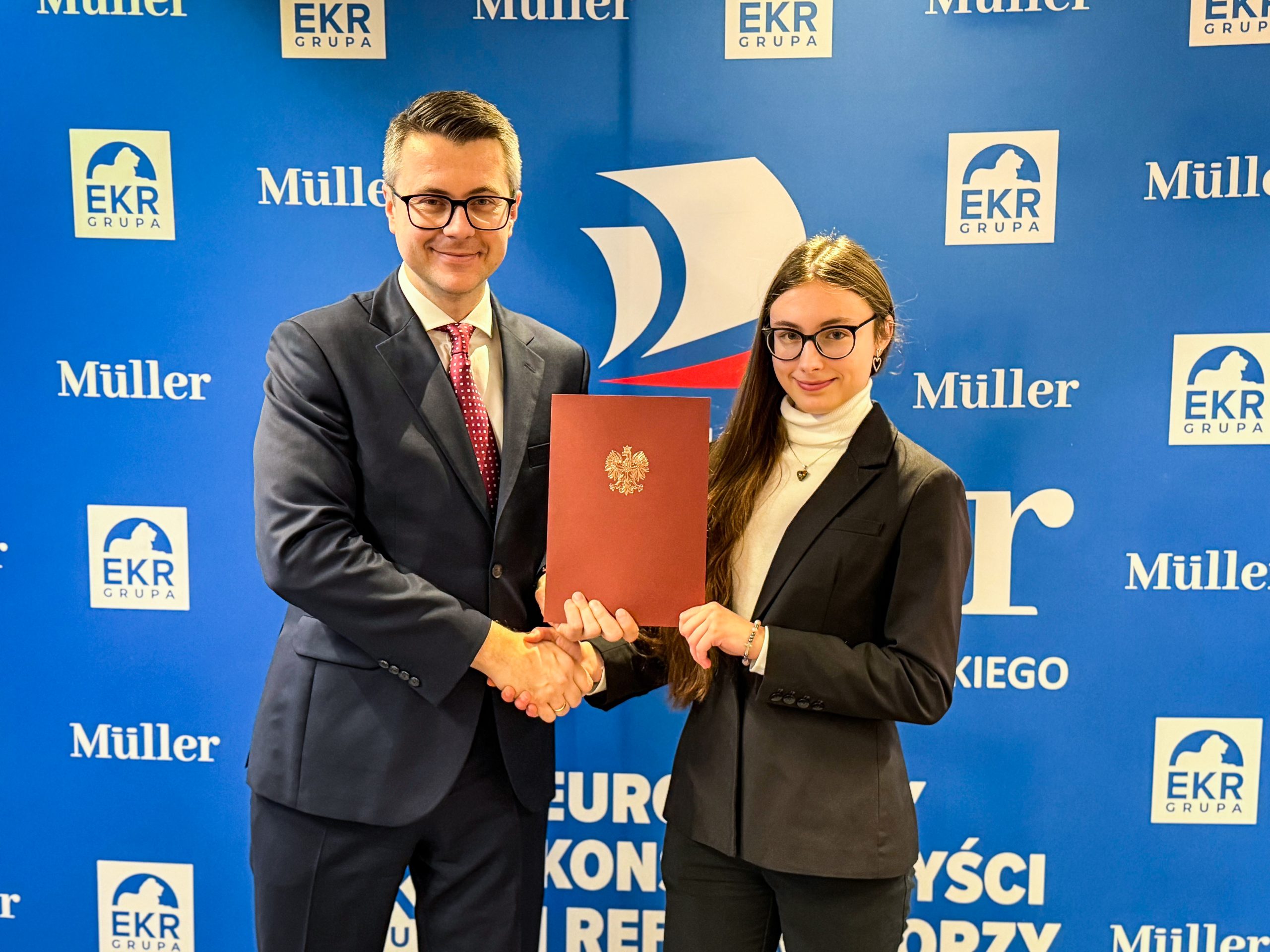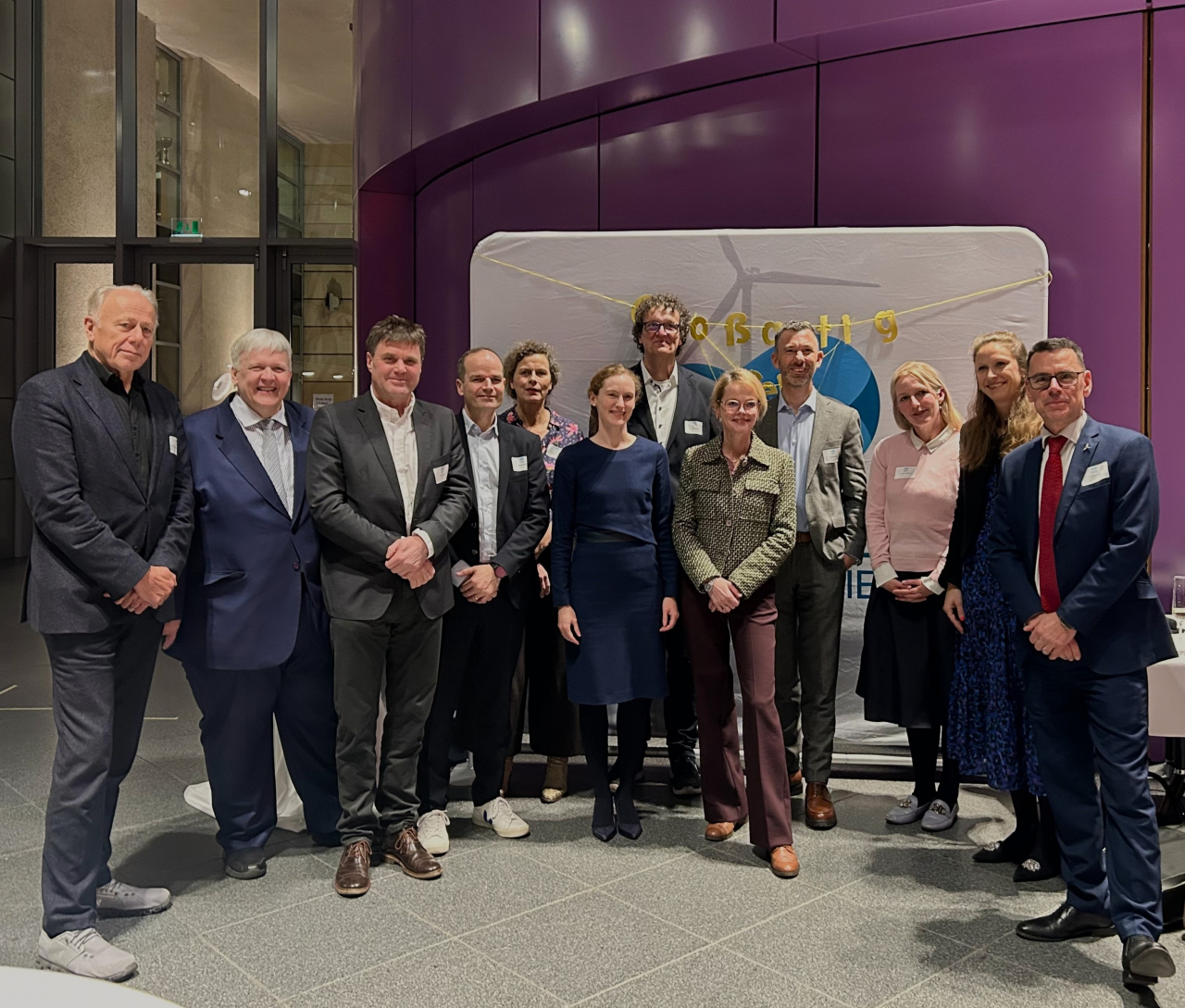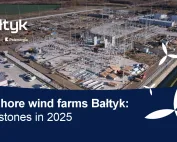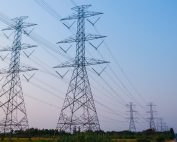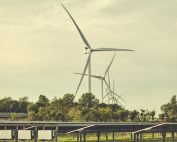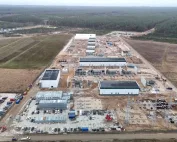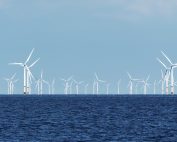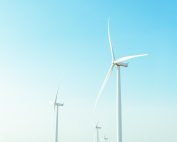In the planning stages of the offshore wind developments various monitoring schemes are considered during lifetime of the structures. Some, like structural monitoring are obvious. Other, like marine growth and alien species monitoring may not be so obvious but if planned and scheduled regularly could be cost-saving by allowing practical and effective management of maintenance and decommissioning processes. Additionally, such monitoring allows studies on the influence of the network of the offshore wind farms on the biodiversity in the Baltic Sea and could form evidence base for making decisions on the decommissioning options of the underwater structures.
Marine growth are the communities of organisms that form colonies on the underwater infrastructure. Invertebrates and algae tend to colonise submerged structures rapidly forming ‘biofouling’ assemblage (Wolfson et al., 1979), especially if not treated by anti-fouling coating. Alien species are non-native, potentially invasive species that can be transferred, through ballast water or on the surface of vessels or underwater elements that are reused in other parts of the world. If local conditions are favourable those species can multiply rapidly and spread, posing a threat to native communities, as often they have no natural enemies in the new environment. Therefore, their control is important in preserving biodiversity.
The colonisation rate, species composition and thickness of the marine growth depends on the range of factors including geographic location, salinity, depth, water temperature, water currents and age of the structure. Extensive marine growth may become problematic as it significantly increases weight load on the structure, adds to the hydrodynamic loading, increases corrosion potential as it mechanically interferes with structure coating, and if very extensive may inhibit visual inspection of structural integrity. In the Baltic Sea main fouling organisms that can be expected to colonise underwater structures are invertebrates (mussles, barnicles, tubeworms) and algae (Qvarfordt et al., 2006; Wilhelmsson and Malm, 2008). Often those colonies will attract other, mobile organisms like fish, shrimp and crabs, that are not part of the biofouling assemblage but are closely connected and often dependent on it. Colonisation of submerged infrastructure may start within weeks of installation, with significant cover expected within two to five years. Processes of colonisation and re-colonisation can continue throughout the lifetime of the structure, leading to temporal changes in the species composition and thickness of growth.
The experience from the North Sea, where increasing number of oil and gas installations passed its decommissioning age and requires removal, shows the importance of marine growth monitoring and its significance in the management of decommissioning process to minimise potential environmental impacts, which include odour impact, use of onshore landfill or composting sites, or seabed impacts from marine growth debris if removed on site (Ferris et al., 2015). Well planned monitoring programme can provide detailed information on species composition, distribution or expected weigh load, which could influence management decisions when planning lifting and disposal operations.
Presence of invasive species may further influence the decommissioning options. The European Union passed Regulation No. 1143/2014 on Invasive Alien Species, which is part of the strategy to achieve Good Environmental Status, and requires prevention, early detection, and eradication as tools for invasive species management. The early detection requirement could be satisfied via planned marine growth monitoring programme.
REFERENCES
Ferris, J., McLellan, F. and Bastrikin, D. (2015) Preparing for facility removal – assessment of marine growth. Conference: ASRANet International Conference on Decommissioning of Offshore & Subsea Structures at: Glasgow, Scotland. https://www.researchgate.net/publication/281106431_PREPARING_FOR_FACILITY_REMOVAL_-_ASSESSMENT_OF_MARINE_GROWTH
Qvarfordt, S., Kautsky, H. and Malm, T. (2006) Estuarine, Coastal and Shelf Science 67 (2006) 618-628.
Wilhelmsson, D. and Malm, T. (2008) Fouling assemblages on offshore wind power plants and adjacent substrata. Estuarine, Coastal and Shelf Science 79 (2008) 459-466.
Wolfson, A., Van Blaricom, G., Davis, N. and Lewbel, G.S. (1979) The Marine Life of an Offshore Oil Platform. Marine Ecology Progress Series, 1: 81-89.
